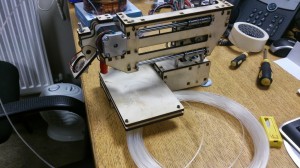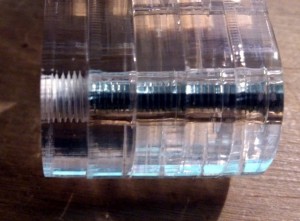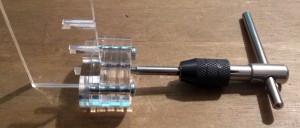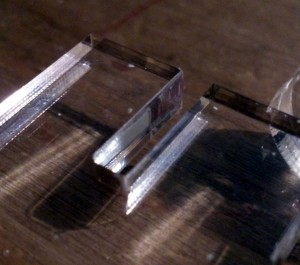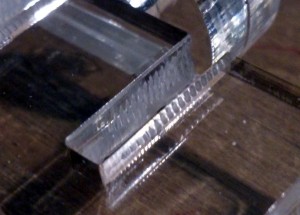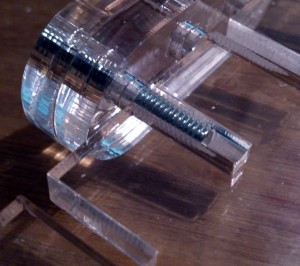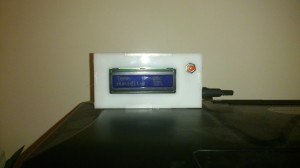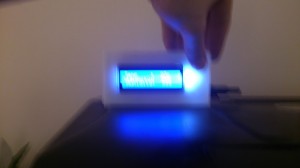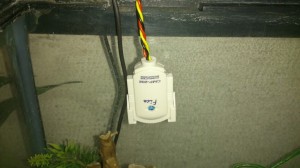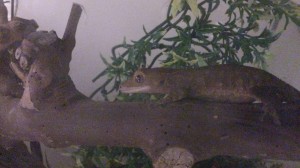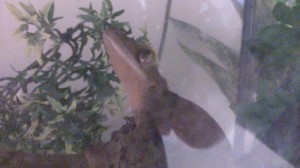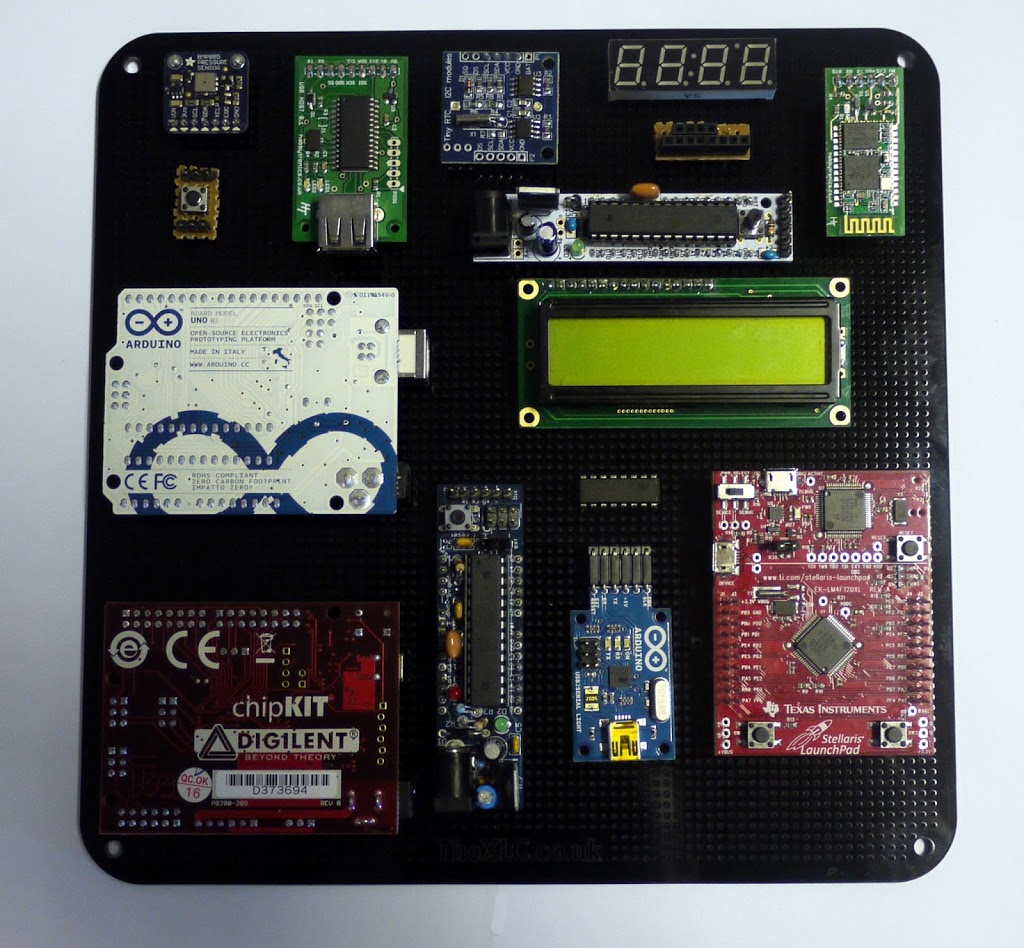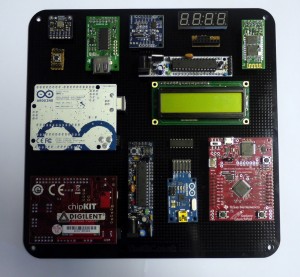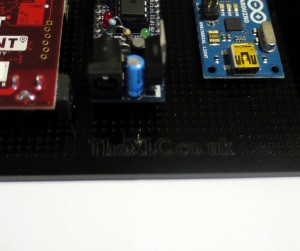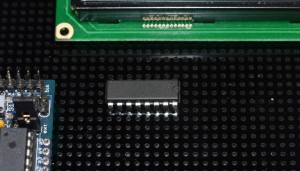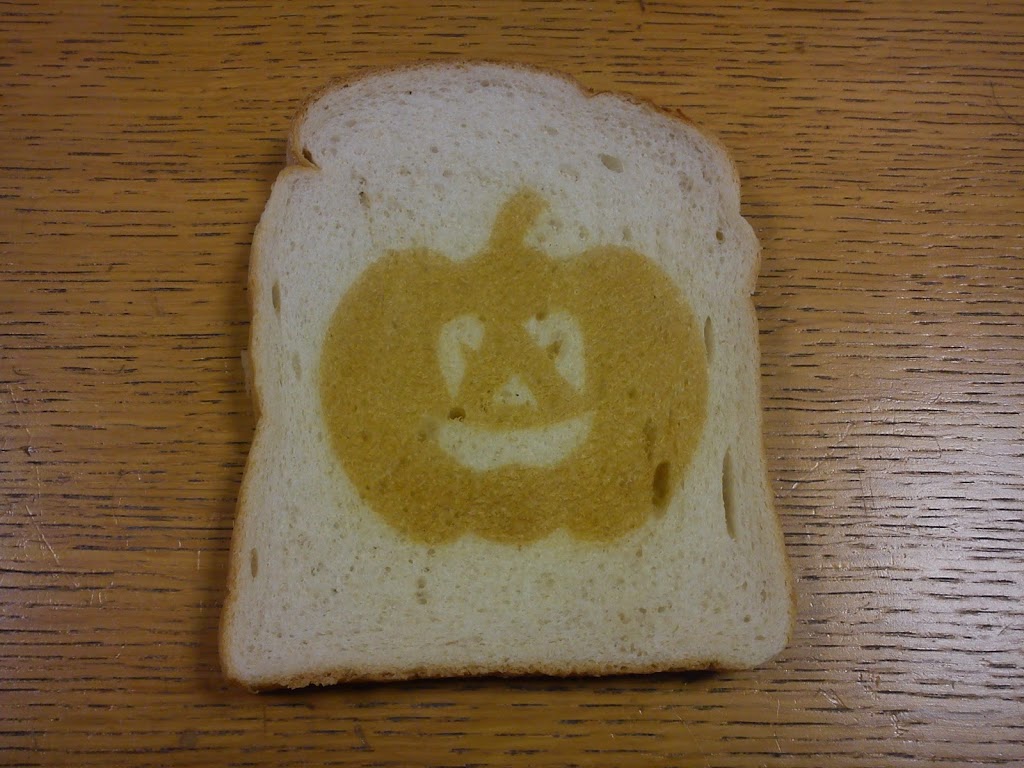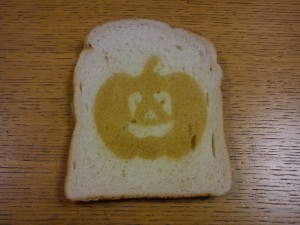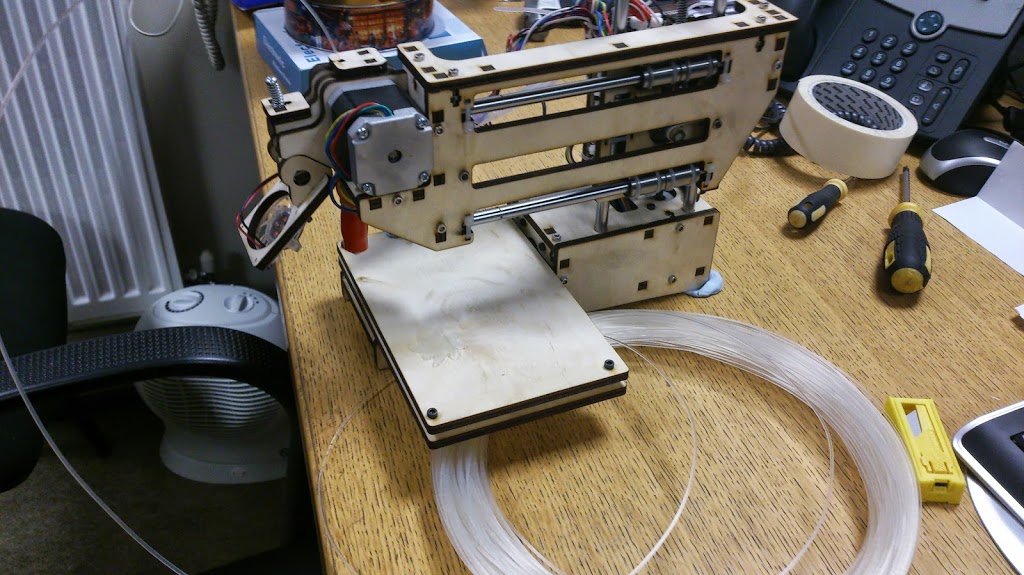
Just a brief one to update everyone on what we have been up to. Basically we have been heavily focused on the printing side of the business recently so haven’t had time for any fun projects. We did, however, get to go to a seminar on 3D printing and the The National Museum of Computing (FYI well worth a visit, especially if you get to have a guided tour). The equipment on display was excellent and is on our wish list (thank you Triformica for the invite) but is a LITTLE out of our budget just at the moment. But… it did get us thinking about how useful 3D printing would be in house, just for prototyping and component repair so after having a look around we decided to buy a Printrbot Simple kit to cut out teeth on. We now have 3D printing capabilities! No, we cannot produce commercial grade pieces but it is a lot of fun.
I would warn anyone planning to purchase one of these who isn’t in to tinkering that at this price range you WILL need to fettle and tweak it to get even basic prints out. That’s not a failing of the machine as such but this is emerging technology and is not very refined.
We have had the machine 3 weeks and have already made a few changes which I will go in to detail later.
As a quick summary we have so far:
Home etched a heated bed.
Re-Designed the bed to take a heated bed and glass surface.
Made a new power supply from a PC ATX supply.
Built a spool holder 2 spool holders a spool platter.
The first thing I will discuss however is the printing surface for PLA filament. If you don’t already know getting the filament to stick to the bed on the first layer is a right pain in the backside. We tried acrylic (too stuck down, bed was scrap), ply (sometimes worked), hairspray on glass (worked 50% of the time), masking film (worked 50% of the time), plain paper (worked too well) and pretty much anything else we could stick in there. In summary the prints were lifting, lumping or generally being a pain most of the time.
Our Solution:
Glass bed heated to an indicated 55°C, layer of masking film (Perfect Tear Main Tape) and a solution of 50% water, 50% PVA glue on top of the tape. So far we have not had any problems with this at all. We can run the head a little higher, splurge (technical term) the filament a little less, run faster, and remove the part by lifting the tape off the bed. We have to re-coat each time but it takes moments (our working area is only 95x100x100mm) and costs practically nothing (we even have the tape in 100mm width by the box load). The only issue we have is a little tape gets glued to the bottom of the piece but we can easily remove this with water. When putting on the PVA the tape wrinkles a little but soon flattens out when it drys.
Hopefully someone will find this useful and not have the headaches we have!
Other mods to follow soon 🙂

